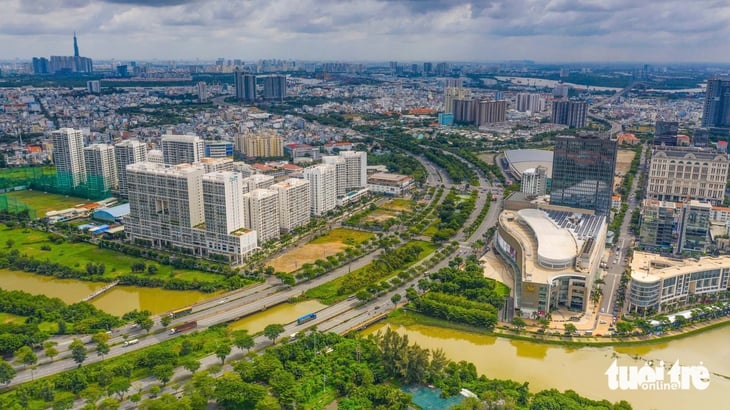
A corner of Ho Chi Minh City urban area with modern traffic infrastructure is ranked in the top 100 livable cities - Photo: QUANG DINH
In October 2025, the Ho Chi Minh City Party Committee also entered the historic Congress - the 1st Congress, when the country had just reorganized its territory, the city had opened up space, and its position had been raised.
At this historic congress, the Party Committee is determined to bring "Ho Chi Minh City to sustainable development, reaching regional and world standards, constantly improving the quality of life and happiness of the people".
Tuoi Tre will dialogue with experts, identify and advise on this historical role of Ho Chi Minh City.
To start the series, Tuoi Tre spoke with Associate Professor Dr. Tran Hoang Ngan, National Assembly delegate of Ho Chi Minh City, member of the National Financial and Monetary Policy Advisory Council, about the ups and downs of Ho Chi Minh City in the past 5 years and the city's aspirations to rise in the new era.
According to Mr. Ngan, Ho Chi Minh City has gone through a turbulent 2020 - 2025 term, facing many unprecedented difficulties but still resiliently overcame them and found a new direction for the upcoming development period.
Towards the top 100 livable cities
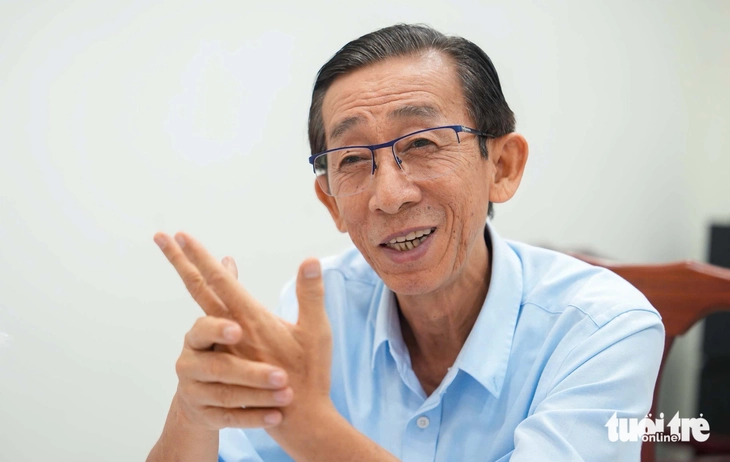
Mr. Tran Hoang Ngan - Photo: H.Hanh
* Sir, after merging with Binh Duong and Ba Ria - Vung Tau , what advantages does Ho Chi Minh City have to make a breakthrough?
- Ho Chi Minh City is now a megacity of 14 million people, the most dynamic economic region in the country. With abundant human resources, favorable geographical location, diverse industrial and service ecosystem, Ho Chi Minh City has identified 5 development pillars for the new stage.
The first pillar is industry and high technology, the decisive factor to improve productivity and added value, with an expected contribution of about 35 - 36% of GRDP. The strength of this pillar lies in the old Binh Duong area, along with the resonance of the Ho Chi Minh City High-Tech Park, Quang Trung Software Park and the oil and gas energy industry in Vung Tau. The city needs a strategy of connection and technology application to reduce dependence on cheap labor.
The second is logistics, contributing 10-15% of GRDP. Ho Chi Minh City needs to develop the Thi Vai - Cai Mep deep-water port cluster and Can Gio port into a major maritime center of the world, linked to the coastal route connecting Can Gio - Ba Ria - Vung Tau and the Cai Mep Ha free trade zone. If a free trade zone is formed in Can Gio, combined with a commodity exchange at the International Financial Center, Ho Chi Minh City will become a global trade hub.
The third pillar is trade and services - especially health care, education, science and technology, and communications - accounting for about 30% of GRDP. This is an inherent strength, but the quality and knowledge content need to be improved.
Fourth is culture and tourism. Ho Chi Minh City is asserting its position in the cultural industry with major shows, film festivals, national art events, and historical tourist destinations such as Cu Chi and Con Dao. This is a field with strong influence and is less affected by economic downturns.
Finally, the fifth pillar is finance and banking. After 25 years of development, Ho Chi Minh City has become the financial center of the country, gathering most of the banks, securities companies, investment funds, and international financial organizations. This sector contributes nearly 10% of GDP, attracting about 45 billion USD of foreign capital and more than 100 billion USD of direct investment. In the near future, the Ho Chi Minh City International Financial Center will come into operation, which will be a big boost.
* Ho Chi Minh City aims to be in the top 100 fastest growing, modern and livable cities by 2030. So where is the city now on the global map?
- According to Kearney's Global Cities Report 2024, Ho Chi Minh City is ranked 102/156 global cities; and according to Oxford Economics, the city will rank 286/1,000 in 2025. In terms of livability, The Global Liveability Index 2024 ranked Ho Chi Minh City 133/173. Notably, in the 2024 global financial center ranking, Ho Chi Minh City rose three places to 98/119 - surpassing Bangkok.
These figures show that Ho Chi Minh City is approaching the group of 100 leading cities. The documents of the 1st Ho Chi Minh City Party Congress clearly identified 10 key directions of action to realize that aspiration.
The city will continue to innovate its growth model, considering science and technology as the main driving force; restructure the development space towards sustainability, harmony between urban - industrial - ecological; comprehensively develop Vietnamese culture as a spiritual foundation; build a large center for education and training, improve the quality of human resources; improve people's health, longevity and quality of life; at the same time effectively use resources, protect the environment and adapt to climate change.
Along with that, Ho Chi Minh City will ensure national defense and security, strengthen the strength of national unity, perfect the organizational apparatus and especially build and rectify a clean and strong Party - a team of cadres who dare to think, dare to do, dare to break through and dare to take responsibility for the common interest.
I believe that with that foundation, Ho Chi Minh City will realize its aspiration to rise up and affirm its position in the top 100 livable cities in the world.
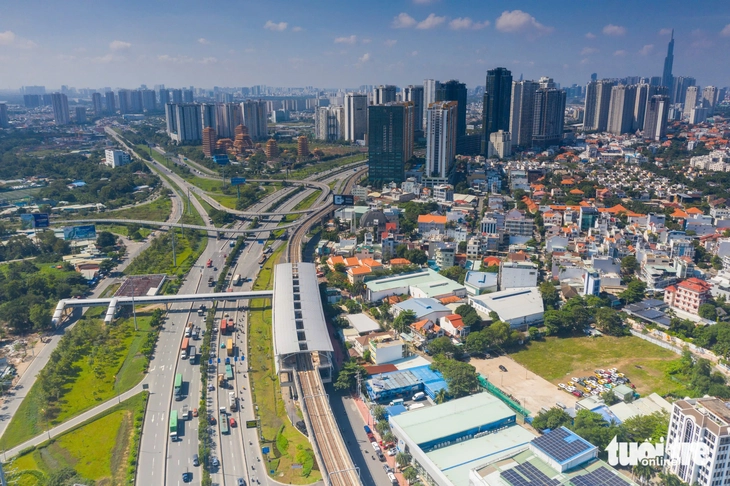
Ho Chi Minh City megacity positioned in the top 100 livable cities - Photo: QUANG DINH
400 infrastructure projects and resource problems
* What breakthroughs will help realize that aspiration and affirm our position on the world's map of livable cities, sir?
- There are three strategic breakthroughs: infrastructure, institutions and human resources. Regarding social infrastructure, Ho Chi Minh City needs to take advantage of surplus headquarters to arrange hospitals and schools; invest in more theaters and regional-scale stadiums; and develop clean energy from the sun and sea breeze.
In particular, transport infrastructure must be considered the lifeblood. Ho Chi Minh City needs to develop a multi-modal system including air routes (connecting Tan Son Nhat - Long Thanh airport, expanding Con Dao airport), sea routes (connecting major ports), railways (10 urban routes and routes connecting industrial parks, ports, and consumer areas) and roads (connecting inner city, regions, and the Central Highlands).
In total, about 400 infrastructure projects will be implemented in the next term, half of which are transport projects.
* The number of 400 projects is very large. Does Ho Chi Minh City have enough resources to implement it?
- The annual budget revenue of Ho Chi Minh City is estimated at about 900,000 billion VND, but after submitting 600,000 billion VND to the Central Government and regular expenditures of 100,000 billion VND, the city only has 200,000 billion VND left for development investment - too small compared to the demand. Therefore, Ho Chi Minh City must mobilize an additional 800,000 billion VND/year from society through public-private partnership (PPP), FDI capital, capital calling channels from the International Financial Center, Stock Exchange...
To do this, the institution must be strong enough. Ho Chi Minh City is proposing to supplement Resolution 98 - called Resolution 98++ - to remove obstacles and allow the formation of free trade zones, increase autonomy in human resources, and organize the apparatus commensurate with the scale of the special urban area. Along with that is a mechanism to attract and retain high-quality human resources, especially in the public sector.
Ho Chi Minh City overcame a term of ups and downs thanks to dynamism and creativity.
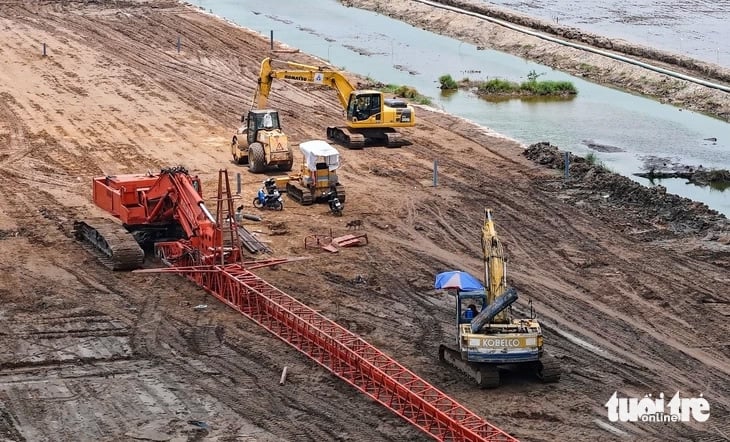
Workers constructing the Ho Chi Minh City Ring Road 3 project through Binh Chanh district (old) - Photo: CHAU TUAN
Associate Professor Dr. Tran Hoang Ngan acknowledged that the 2020-2025 term was an especially difficult one. From the beginning, Ho Chi Minh City had to focus all its efforts on fighting the COVID-19 pandemic - an unprecedented health crisis - and accept sacrificing economic growth to protect people's health. The economies of Ho Chi Minh City, Binh Duong and Ba Ria - Vung Tau were all severely affected, with Ho Chi Minh City alone experiencing negative growth of 4% at one point, an unprecedented figure.
After the pandemic, the city continues to face many external impacts such as geopolitical conflicts and supply chain disruptions, while internally it has to deal with a series of outstanding issues, especially personnel work.
However, according to Mr. Ngan: "If looking at the whole picture, although growth did not meet expectations, Ho Chi Minh City still completed quite completely the target groups and tasks. GDP per capita is estimated to reach 8,700 - 8,800 USD by the end of 2025, 1.7 times higher than the national average. This is a great effort in the context of many overlapping difficulties."
According to Mr. Ngan, it is during these difficult times that Ho Chi Minh City shows its mettle. The city is both concerned with recovering from the pandemic and making every effort to remove institutional "bottlenecks" to find a path for long-term development.
The summary of Resolution 16 and the Central Committee's advice to issue Resolution 31 on the development of Ho Chi Minh City is a major milestone. From this resolution, Ho Chi Minh City proposed that the National Assembly pass Resolution 98 on piloting special mechanisms and policies, a "key" to open up a new development space with 44 special mechanisms and policies.
Thanks to that, many projects that had been "shelved" have been restarted, especially in District 7 and Nha Be. Metro Line 1, after a long wait, has also been put into operation, bringing confidence to the people and creating a spillover effect to other projects such as Ring Road 3 and Ring Road 4.
At the same time, the Central Government continued to issue Resolution 188 on developing urban railway networks for Ho Chi Minh City and Hanoi - strategic steps to form modern urban areas.
**************
>> Next: One congress, three regions and development vision
Source: https://tuoitre.vn/dai-hoi-lich-su-dinh-vi-tam-voc-tp-hcm-ky-1-dinh-vi-tp-hcm-trong-top-100-thanh-pho-dang-song-20251012075422482.htm



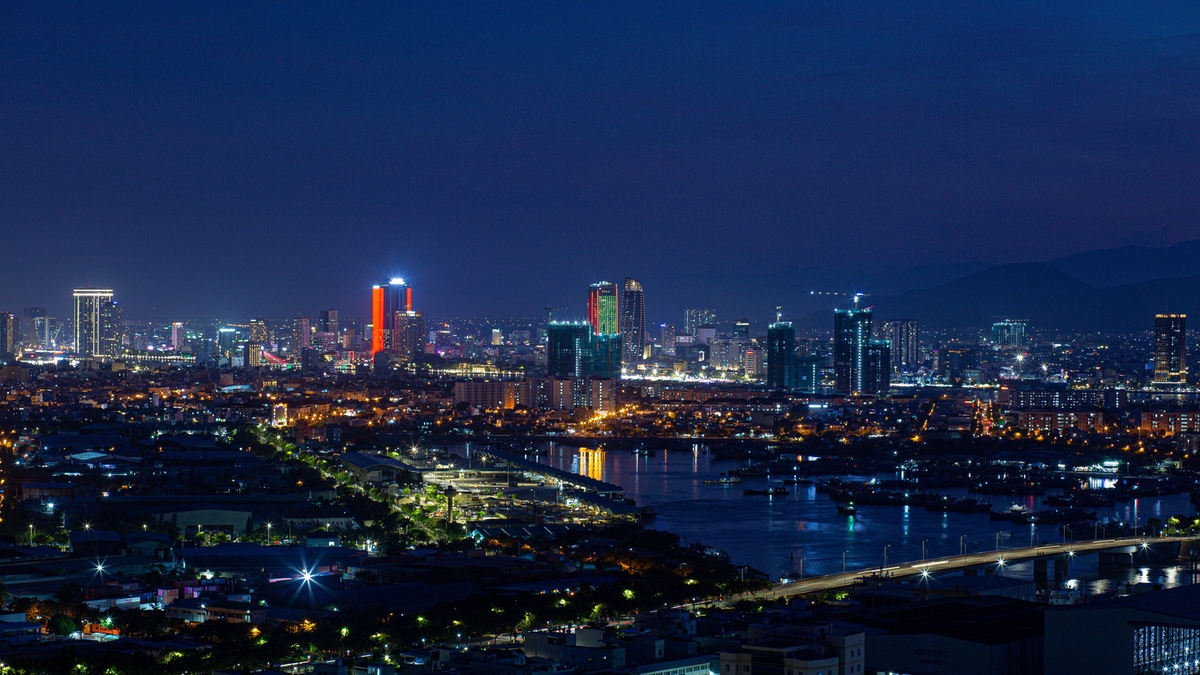

![[Photo] Discover unique experiences at the first World Cultural Festival](https://vphoto.vietnam.vn/thumb/1200x675/vietnam/resource/IMAGE/2025/10/11/1760198064937_le-hoi-van-hoa-4199-3623-jpg.webp)


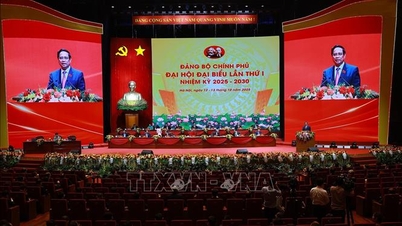

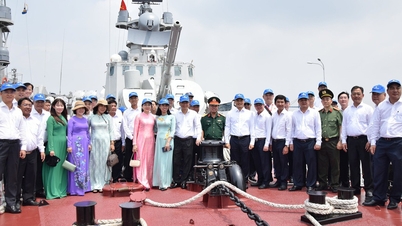
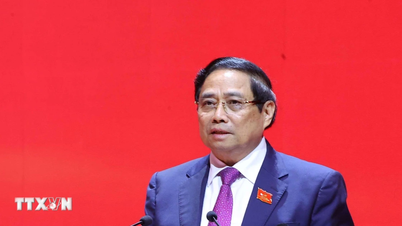

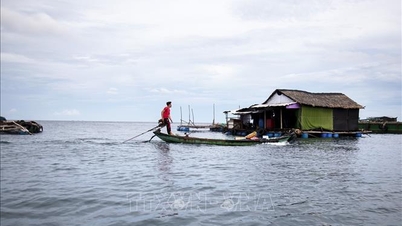
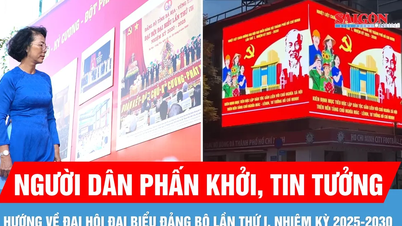


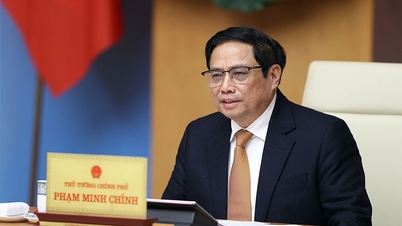

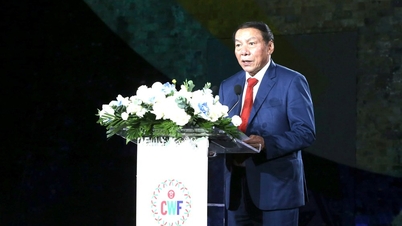

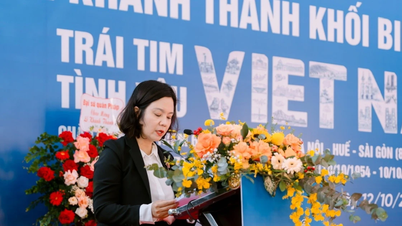

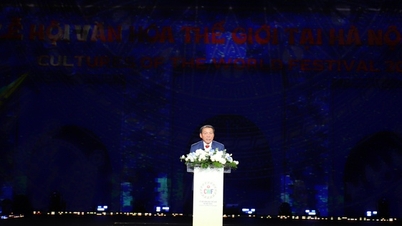

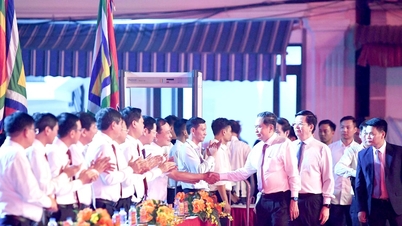

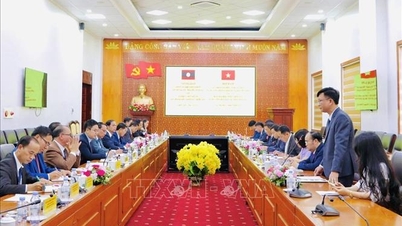





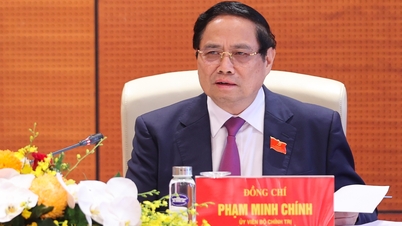

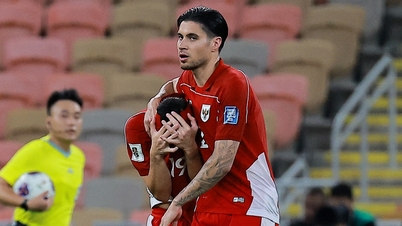





























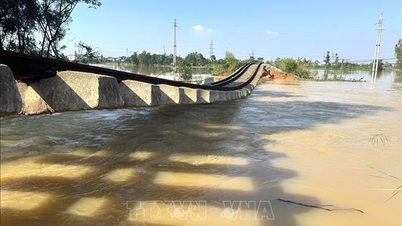
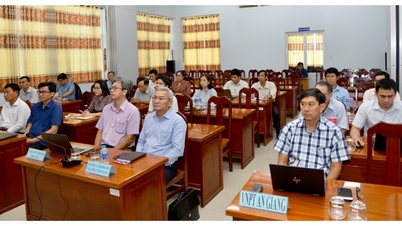



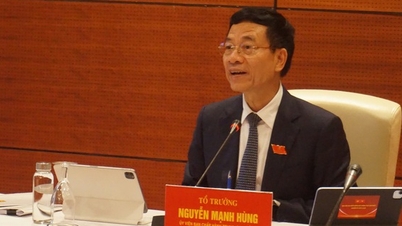
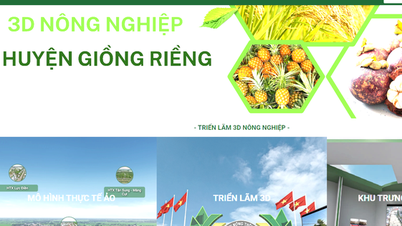



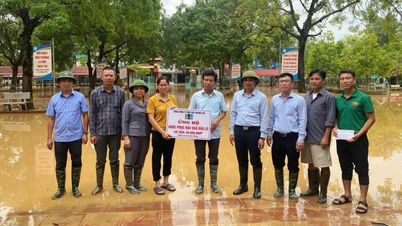

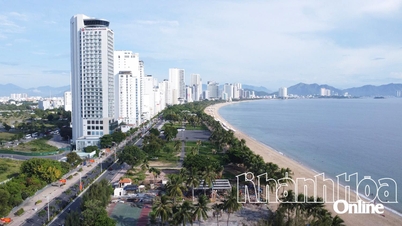


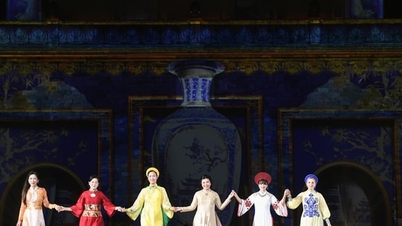

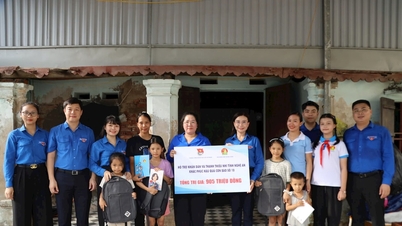














Comment (0)